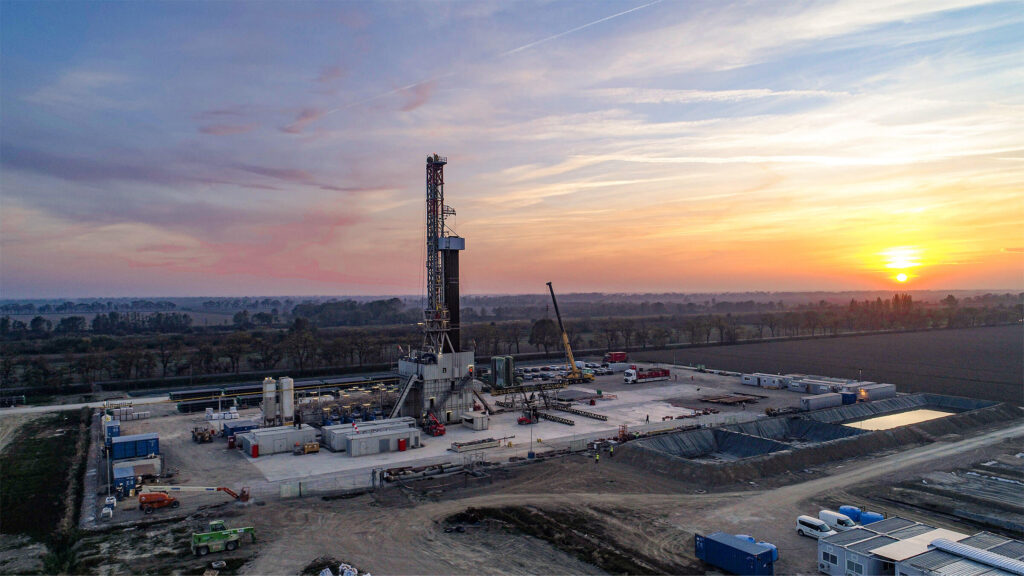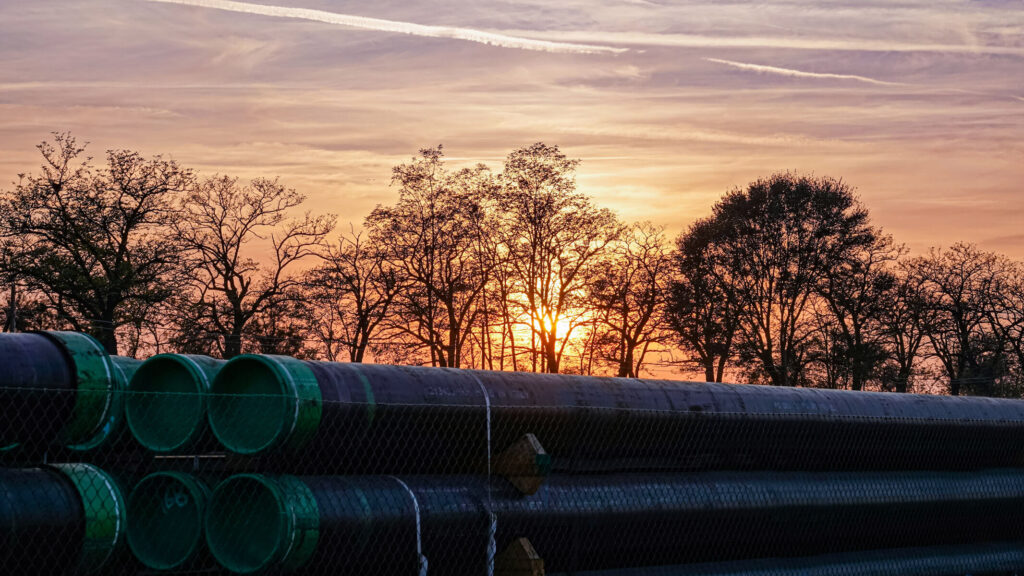The second spring of geothermal energy in Italy
Italy has high geothermal potential, but exploits it very little. Incentives for green transition, however, could revolutionize the industry. A Bolzano company wants to build up to a hundred plants to decarbonize the peninsula
When discussing geothermal energy in Italy, that is, the exploitation of underground heat for heating and electricity, discourses tend to veer toward past glories-the Etruscan origins, the world’s first power plant at Larderello in 1911-rather than present achievements. The word that is repeated most often is “potential”: Italy has so much of it, in fact, but it exploits it only to a very small degree. Our country has a geothermal energypotential of 5,800-116,000 terawatt-hours (annual electricity demand is about 317 TWh), however, it gets only 6 TWh from it.
Geothermal energy is actually niche all over the world, but the ecological transition could give her theopportunity to expand: is a renewable, ultra-low emission source that allows both electricity and heat to be produced and is continuous in generation (wind and photovoltaics, on the other hand, are intermittent because they are weather-dependent). TheEuropean Union and the United States want to support it with the Net-Zero Industry Act and the Inflation Reduction Act, their respective “clean technology” stimulus bills. The Italian government had not included it in Fer1, the 2019 renewables incentive decree, but will make room for it in the subsequent Fer2, which is not yet ready.
One of the reasons why geothermal is not widely used is the initial investment risk that operators must take. Unlike wind and solar, the geothermal potential of a site is not easily perceived: the resource lies underground, and to access it one must drill a well, and once reached you may find that its actual yield is much lower than estimated. At that point, falling back on expenses becomes difficult. “In Spain, they have established a fund that reimburses 80 percent of the expenses incurred in the case of the absence of the geothermal resource in the exploration well“, explains to Wired Florian Gostner, chief operating officer of Fri-El Geo. “France and the Netherlands have also formed simplified legislation for geothermal energy that provides important incentives. We wait for the promulgation of the Fer2 decree in Italy“.
The Pangea Project
Fri-El Geo is a Bolzano-based company that develops and builds geothermal systems. It recently submitted, and obtained a favorable opinion from the Ministry of the Environment, a project for the construction on Italian territory of fifteen plants within about ten years, aimed at the distribution of energy in population centers and industrial areas.
“The Pangea Project wants to contribute to the decarbonization of the country,” Gostner says. We will focus initially on northern Italy, for example in Milan and Pavia, where we can take advantage of the district heating networks already in place and where there is a greater need for energy” because of the numerous factories. “But we also have plans for southern and central Italy“: there are geothermal resources in Tuscany (Monte Amiata), Campania (Campi Flegrei) and Sicily (Aeolian Islands).
The first Pangea Project plant is under construction in Ostellato, a small town in the province of Ferrara, Emilia-Romagna. “In Ostellato we have a thirty-acre hydroponic greenhouse that produces fruits and vegetables year-round. It is very energy intensive – Fri-El Geo director tells -. The geothermal resource will provide the energy to heat and light the greenhouse so that fossil sources are no longer needed. In addition, we are going to set up a district heating network for the industrial area near the well field. To get an idea of the potential of such a project, a plant like the one in Ostellato can produce enough thermal energy to heat about 120,000 homes“.
Given the starting potential of the Italian territory but also the difficulties faced by the sector to date, Gostner thinks that, “realistically“, within ten to fifteen years, “About fifty geothermal plants, each with a capacity of between 200 and 250 thermal megawatts, which corresponds to 20-30 electrical megawatts“. Should the Pangea Project be completed – one hundred installations in all, fifteen of which are already in the pipeline in the Po Valley, and 6.6 billion euros of investment -, the energy generated would avoid the consumption of 9.6 billion cubic meters of natural gas and the emission of 17.3 million tons of CO2.
The Ostellato project consists of a medium-enthalpy (from about 80 to 150 degrees Celsius heat), closed-cycle geothermal plant coupled with an Organic Rankine Cycle system to produce both thermal and electrical energy. The site consists of eight wells in all, four for extraction and as many for reinjection of the withdrawn fluids. “We arenot touching the water table,there is no seismic risk, and we are not modifying ecosystems,” points out Andrea Ferrara, industrial relations manager of Fri-El Geo. The plant is expected to be ready in 2025.
Marco Dell’Aguzzo-
Energy 21.04.2023
https://www.wired.it/article/energia-geotermica-progetti-italia/

